So what’s the best way to monitor your voice-overs and audios, can you use hi-fi speakers or should you only use studio monitors?
This is a question that surfaces from time to time in the VO industry and if you’re a newbie to the business it can be difficult to get some hard and fast advice on it so let’s put the question out there.
As a general rule, hi-fi speakers are more aesthetically pleasing to look at and are more likely to look OK in your living room. From a sound point of view there is usually some kind of colouration in the frequency range which means that you are not getting a completely accurate portrayal of what things sound like. However, that doesn’t bother most people and you’re still getting a great sound.
Studio monitors on the other hand produce a balanced flat sound with no colouration whatsoever. You hear things how they are intended to sound, warts and all!. By listening to everything you might get paranoid. If you mic and preamp are of same professional standards you will hear too many sounds and that’s never a reality test. I recommend you take a listen of your recorded sound with a conventional, low end, cheap monitor, like the ones that are used in TV sets or radios. That’s probably how your client will listen to you.
A good studio monitor should be active (so connected to your electricity grid) that means with an amplifier inside that will increase the signal for a better render of the sound. This is how studios work, why shouldn’t you?
Studio engineers will clearly opt for active studio monitors because that’s the traditional method of monitoring audio but if you’re a VO artist with a home studio set up or recording voice overs on the move, then studio monitors are a bit of a luxury.
Studio monitors are designed so that they can be placed close to you and they will pick up every nuance of a recording so if anything sounds a bit dodgy you can hear it straight away and sort it out.
Pricing of monitors vary but if you want to play on the court of professionals we advise the ones that most studios use. The bottom line is that the size of the monitors should be related to the size of your home studio, namely the area you use to listen to your recordings. So bigger is not better, bigger means more sensitivity to low frequencies. This is actually a disadvantage because when you listen to the recording you would wrongly believe that it’s too dark-coloured too low, so you would feel inclined to EQ the and remove the unwanted low frequencies. It’s not wonder that most monitors are small, choose the ones of the list below. I have used them for years with good results.
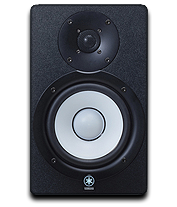
Yamaha Studio Monitors
Yamaha Speakers for monitoring your voice-over recordings. Check out the Yamaha HS8, Yamaha NS-10M Studio Monitor, Yamaha HS50M, Yamaha HS80M.
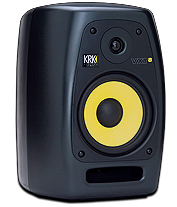
That’s a cost-effective solution. KRK Rokit 5, KRK Rokit 6, KRK Rokit 8, KRK Rokit 10-3, KRK R6 (passive), KRK VXT4, KRK VXT6, KRK VXT8 or the KRK Expose E8B
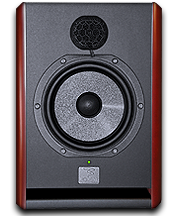
Focal Studio Monitors
Bigger size for bigger rooms, neutrality in the midrange and a natural fullness in the mid-bass and bass. Accuracy, neutral and no coloration.
Focal CMS40, Focal CMS 50, Focal CMS 65, Focal Twin6 Be and one of our favs the Focal Solo6 Be
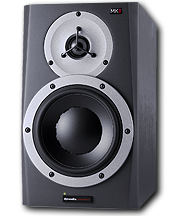
Top Voice over studios like PrimeVoices use Dynaudio near field monitors. Dynaudio DBM50, Dynaudio BM 5A, Dynaudio BM 6A mk II, Dynaudio BM15A, Dynaudio MC15, Dynaudio Air 6, Dynaudio BM 9S subwoofer
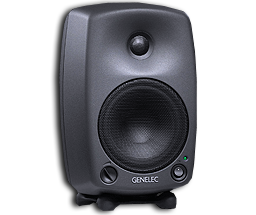
Genelec Studio Monitors
Genelec Monitors are compact and provide great sound on any home studio Genelec M040, Genelec 6010A, Genelec 8020A, Genelec 8030A, Genelec 8040A or the Genelec 1032A
Another thing about studio monitors is that they are a bit ugly. Don’t try to put them in your living room because your partner might kill you!
Anyway, let’s go back to the previous observation. If I’m a VO artist with a fairly simple home studio set up or I’m on the road a lot and need to record voice overs on the hoof, then what’s the best way to monitor my audio?
Shouldn’t we leave all that complicated stuff such as multi-tracking and mixing etc to the engineers so we can just concentrate on the delivery or should we just get some decent headphones to monitor with?
What do you think? How do you monitor your audio? If you use headphones, what would you recommend? Please share here.
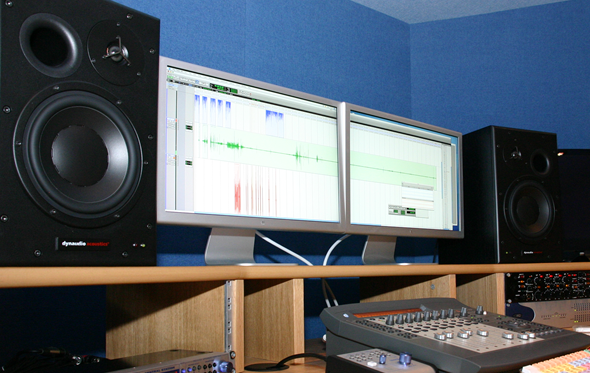

The simplest way to monitor your performance is with good headphones. But you don’t need to spend a fortune. Sony 7506 headphones are around 100 USD and that’s what movie sound pros use. They are very accurate and because they are sealed you can hear anomalies such as room echo and your computer fan. Don’t use noise canceling headphones or headphones like “beats” because they alter the sound.
I got a pair of Bose headphones to monitor my audio. Honestly, Bose is my preferred brand because of the quality, but after 3 years with the same set, I think it’s time for an upgrade. Does anyone have a newer pair of headphones they recommend more than Bose?